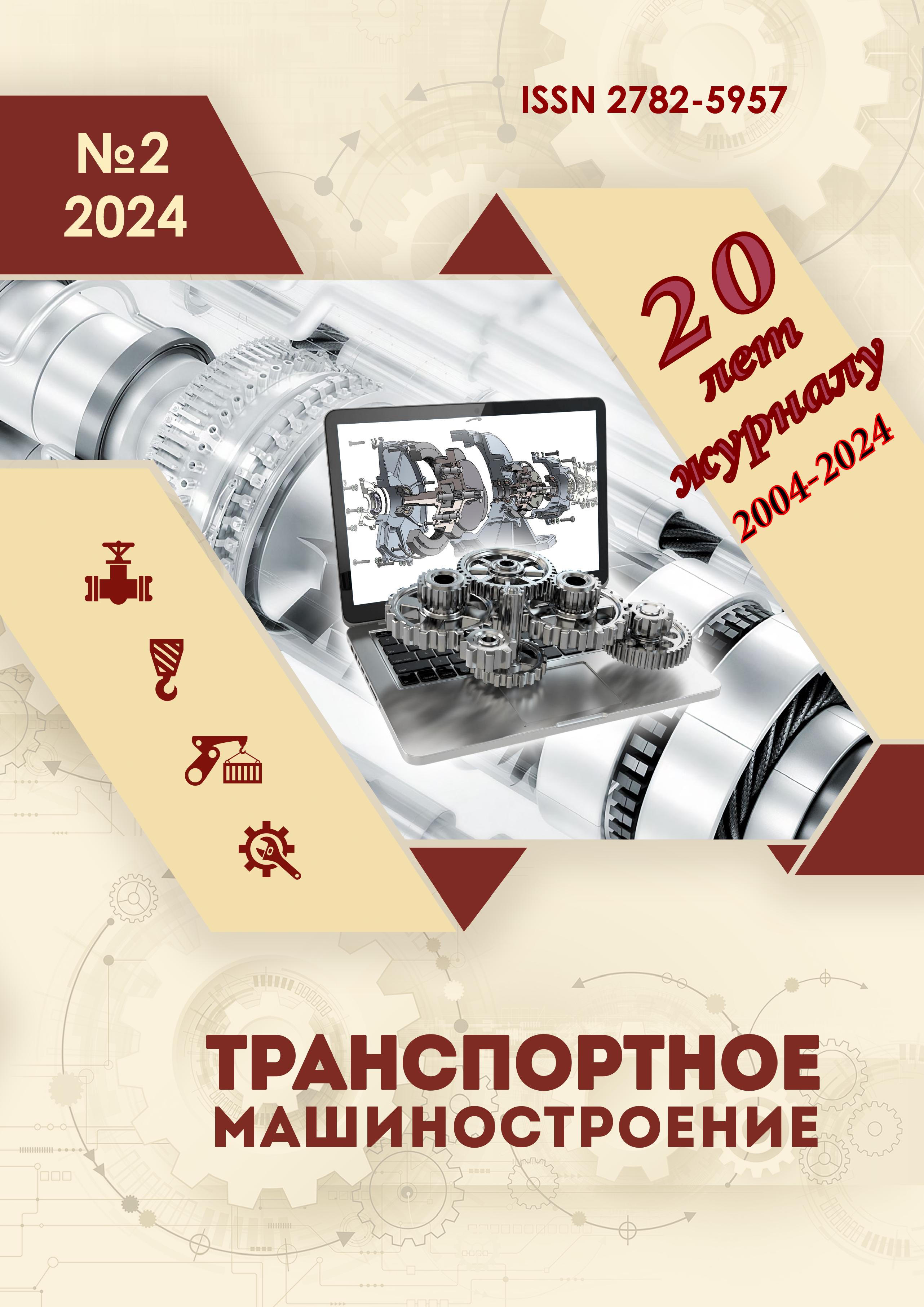Rostov-on-Don, Rostov-on-Don, Russian Federation
Rostov-on-Don, Rostov-on-Don, Russian Federation
Rostov-on-Don, Russian Federation
Rostov-on-Don, Rostov-on-Don, Russian Federation
Rostov-on-Don, Rostov-on-Don, Russian Federation
UDK 539.621 Трение скольжения
BBK 345 Общая технология машиностроения. Обработка металлов
The study objective is modeling the temperature distribution on the surface of a heavily loaded tribocontact - front surface of a lathe tool - chips taking into account evolutionary changes in the cutting system. The task to which the paper is devoted is to assess the influence of evolutionary changes of tribodeformation parameters of the cutting process on the average and maximum temperature of the front surface of the lathe tool. Research methods. Contact temperatures are found out on the basis of mathematical modeling using data obtained during field experiments at longitudinal turning of 15X2NMFA steel blanks without cooling by T15K6 hard alloy plates. During resistance tests, the chip contact length with the front surface and the chip reduction coefficient used for calculation are determined, as well as the average temperature in the cutting zone, the value of which is used to assess the adequacy of the results obtained by digital modeling. The novelty of the work. Forecasting the temperature increase on the front surface of the cutter, taking into account the contribution of evolutionary changes in tribodeformation parameters of cutting. The results of the study. In the studied cutting system, according to the results of resistance tests, a decrease in the chip reduction coefficient is recorded over the processing time. The temperature distribution on the front surface of the cutter is modeled in two versions: taking into account the evolutionary adjustment of the chip reduction coefficient and related parameters – sliding velocity and thickness of the plastically deformed layer in the chip, and without taking into account their changes. It is found out that modeling adjusted for changes in tribological indicators allows to obtain calculated values of the temperature of the front surface closest to the experimentally recorded of average temperature in the cutting zone. Conclusions: Forecasting contact temperatures adjusted for evolutionary changes in tribodeformation parameters will allow to determine more accurately the moment in the evolution of the cutting system at which critical temperature values can be reached, and further processing is associated with the risk of critical wear or deterioration of the treated surface.
temperature, cutting, turning, reduction, chips, deformations, tribosystem
1. Ryzhkin AA. Synergetics of tool materials wear during edge cutting machining: monograph. Rostov-on-Don: Don State Technical University; 2019.
2. Ryzhkin AA. Thermalphysic processes during wear of tool cutting materials. Rostov-on-Don: Publishing Center of DSTU; 2005.
3. Zakovorotny VL. Effect of heat generation on dynamics of cutting process. Advanced Engineering Research. 2017;17(3):14-26.
4. Lebedev VA. Thermoelectric characteristics of the process steel turning by carbide inserts with combined coatings. Friction and Wear. 2023; 44(2):114-121.
5. Kesriklioglu S. Characterization of tool-chip interface temperature measurement with thermocouple fabricated directly on the rake face. Journal of Manufacturing Science and Engineering. 2019;141:091008
6. Ślusarczyk Ł. Experimental-analytical method for temperature determination in the cutting zone during orthogonal turning of GRADE 2 titanium alloy. Materials. 2021;14(15): 4328.
7. Fominov EV. Modeling of the temperature distribution on the lathe front surface taking into account geometric parameters of the secondary plastic zone. Transport Engineering. 2023;2:(14): 4-11.
8. Ahmed W. Estimation of temperature in machining with self-propelled rotary tools using finite element method, Journal of Manufacturing Processes. 2021;6:100-110.
9. Veiga F. Analytical thermal model of orthogonal cutting process for predicting the temperature of the cutting tool with temperature-dependent thermal conductivity. International Journal of Mechanical Sciences. 2021;204:106524.
10. Chichinadze AV. Temperature mode during friction of tool materials taking into account the volume of the heat source. Friction and Wear. 1986;7:43-51.
11. Ryzhkin AA. Application of hydrodynamic analogies to estimate the contact temperature of a tool during high-speed processing. Advanced Engineering Research. Friction and Wear. 2000;3:35-42.






